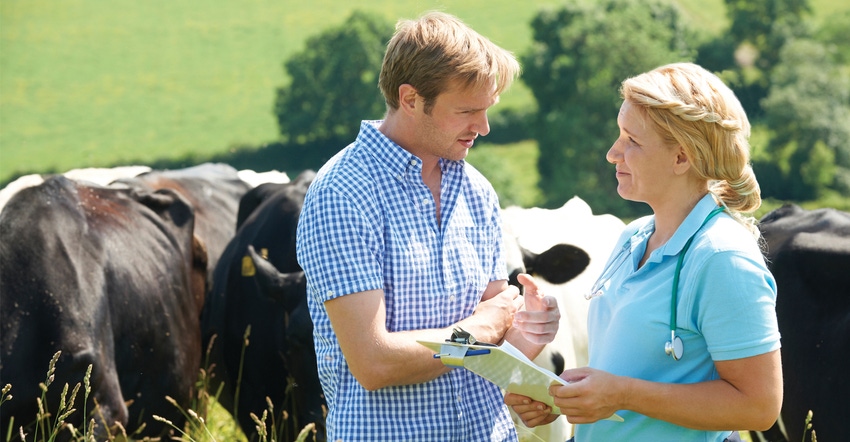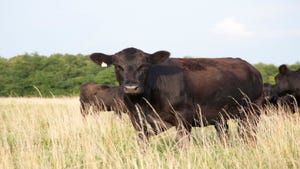
Recently, I’ve been told a rather cute joke several times which is made at the expense of veterinarians. In each case, different professionals appear to be venting their frustration with the "sage wisdom" of the vet, and as you’d expect the vet is always at the center of the joke.
The variation I have been told most often begins, "What is the difference between a veterinarian and a nutritionist?"
The punch line is that a nutritionist knows good and well he or she is not a vet, but somehow the converse never seems to hold.
Actually, I laugh or at least smile when I keep hearing this one because I suspect there’s a reason different people keeping telling me this joke.
The truth is there are some really good nutritionists around the cattle world. Another truth is that there are several nutritionists who routinely give veterinary advice. Furthermore, there are bunches of us veterinarians who balance rations and make recommendations concerning forage, hay, haylage, silage, minerals, trace minerals, salt and supplemental feed.
More important than all that is the fact a very high percentage of animal health issues are seated in nutrition.
Cattle have the ability to pick and choose their daily plant intake in most ecosystems in the natural model. They also have four legs and the ability to travel long distances to the a location where forage and forage diversity makes it possible for them to survive and prosper. Things changed when fences went up.
I have made a rather lengthy lead-in to offer a few points about producer planning and when to call on the services of a vet. Classically, veterinarians have been called upon to diagnose and treat or prescribe treatment for cattle problems. Add pregnancy checking and bull-soundness exams to the old list and you are getting real close to what granddad wanted from a veterinarian. If the doc had a good disposition and attitude that was always a plus.
Traditional thoughts and models will no longer work for veterinarians or producers. None of us live in the same world.
Thirty-five years ago I heard an older, successful vet make the comment at supper one evening that the most economically beneficial service he could provide to a cattleman was helping him make culling decisions in a timely manner. He was right, and I’ll add a little more to the list of how I recommend using the services of your veterinarian.
Concerning culling decisions, don’t forget timing and planning.
Consider mortality diagnostics, as it is often worth a bunch to know why deads are dead.
Health monitoring in a proactive rather than a reactive sense. It is possible to limit the surprises.
Education and training for everyone in your operation.
Help you develop detailed protocols for vaccine and drug use.
Independent performance strategy and monitoring (hopefully this will be done on a cost and per-acre basis).
Helping minimize negative consequences.
Animal handling improvements, preferably planned in advance.
Animal welfare. No one likes mud and mess. Most of these conditions are our making.
I spent a good part of my active career addressing and answering questions listed above while dehorning, castrating, and delivering difficult births at night. This was far from perfect. It would have been a lot better for everyone involved if ol' Doc had been out at the ranch for a while when the weather was nice and there were no distractions. Chances are that moods would have been better and minds would have been clearer.
I hope most everyone agrees to support a veterinary practice that supports their operation. Your vet should help you make money, but remember that the best profit center in this business normally comes from eliminating expenditures.
Plan to separate proactive from reactive. I’ll bet you get more bang for your buck.
About the Author(s)
You May Also Like






